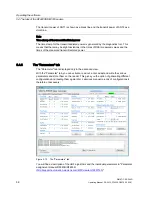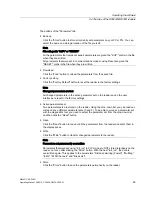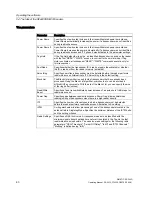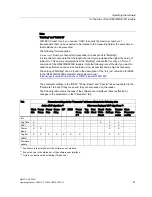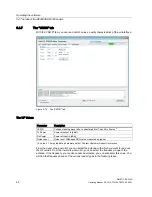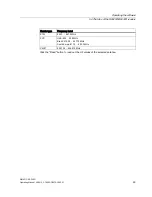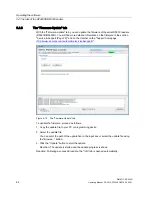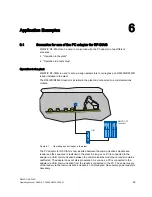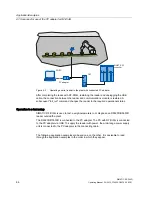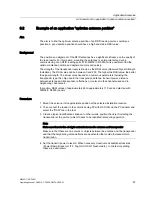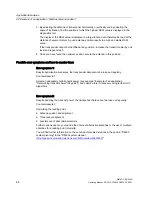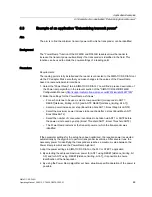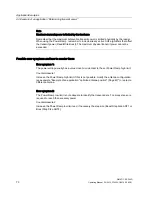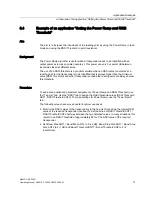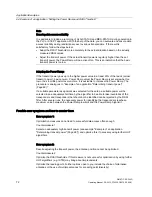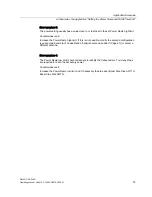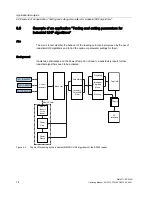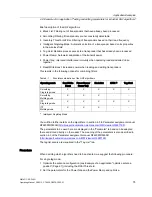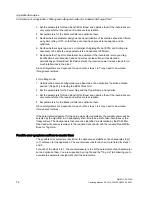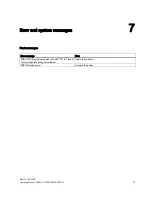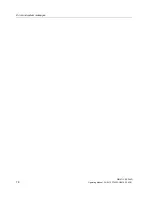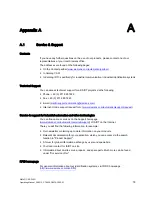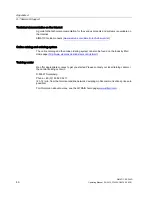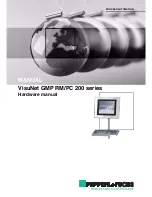
Application Examples
6.4 Example of an application "Setting the Power Ramp and RSSI Threshold"
SIMATIC RF-DIAG
72
Operating Manual, 09/2012, C79000-G8976-C292-01
Note
Ensuring data access reliability
It is advisable to include a recording of SLG-STATUS and MDS-STATUS during operation in
the PLC or STEP 7 application. With the help of the data, you can evaluate and ensure data
access reliability during read/write access to various transponders. If the result is
satisfactory, follow the steps below:
•
Adapt the RSSI Threshold more accurately to the actual situation based on the actually
measured RSSI values.
•
Adjust the transmit power. If the actual transmit power is regularly higher than the set
transmit power, the Power Ramp will be active often. This is an indication that the basic
transmit power is too low.
Adapting the Power Ramp:
If the transmit power goes up to the higher power value in at least 25% of the reads (actual
transmit power = basic power + Power Ramp value) the Power Ramp is set somewhat too
low or has too little power reserve. Here, it is advisable to increase the Power Ramp. The
procedure is analogous to "Example of an application "Determining transmit power"
(Page 69)".
If a suitable parameter assignment was selected for the setup, a suitable power will be
selected in an adequately short time by the algorithm to be able to take inventories of the
transponders and transponders that should not be identified can be rejected by the RSSI
filter. After several runs, the necessary power for identifying the transponders reaches a
maximum value between the Power Ramp low limit and the Power Ramp high limit.
Possible error symptoms and how to counter them
Error symptom 1:
Optimization measures do not lead to successful data access often enough.
Countermeasure 1:
Select an adequately high transmit power (see example "Example of an application
"Determining transmit power" (Page 69)") and optimize this, if necessary using further UHF
algorithms.
Error symptom 2:
Despite adjusting the transmit power, the antenna position cannot be optimized.
Countermeasure 2:
Optimize the RSSI thresholds. If this measure is not successful, optimization by using further
UHF algorithms (e.g. ISTM) may bring about improvements.
Optimize the reading point. Further options open to you include the choice of alternative
antennas or the use of multiple antennas for a reading point (diversity).

